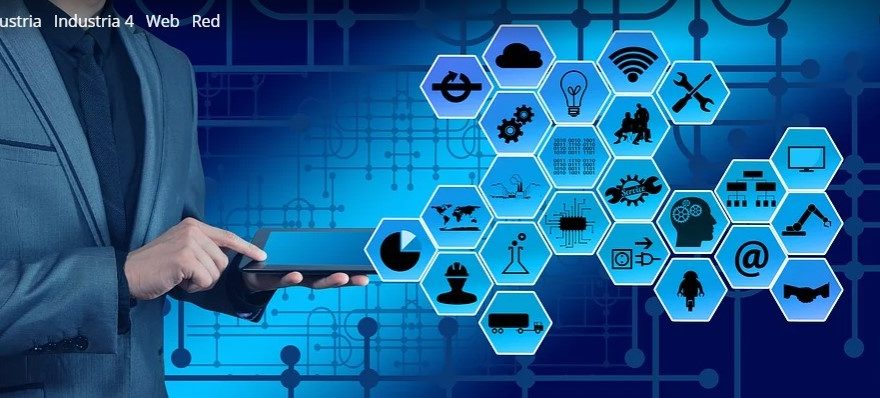We are all being aware of digitization and its benefits for some time. This pandemic and the effects it’s having on our daily lives have meant that we have had to become digital citizens at an unthinkable speed just a few months ago.
Words such as videoconferencing, industry 4.0, digitization projects, as well as their aspects such as Zoom, Teams, etc., have gone from being almost part of the popular imagination to being part of our daily reality. We talked about “carrying out a zoom” or “connecting through Teams” with surprising familiarity until recently. Schools, companies, family gatherings, medical consultations, etc., are being positively affected by all this.
In order to show this, I’ll put an example taken from real life. Let’s suppose this situation: we go to a hospital to visit a relative who has had a mishap. In reality we cannot see him, which we already know in advance, but the meeting is with the doctor, so that he can give us information about his condition and he collects data given by us on the patient’s history. When we leave the consultation, the first question that arises is whether we could not have done that by videoconference. That question would not have come up to our minds on the same calendar date, but only a year earlier.
Obviously, what I have just presented here are facts, which I believe to be true, or even I would say, incontestable. And the reasons why they are occurring are varied: physical contact has taken second place, technology is increasingly agile in every way, and there may even be a certain comfort that it provides, which makes that we do not have to move, but just by turning on our computer, we are already connected.
As always when there is something new in our environment, opinions about it differ:
-
In general, most of us think that this has brought well-being into our existence, and that it has been a palliative remedy for these turbulent times in which we find ourselves. That without them, all this would have been much more difficult and complicated to cope with.
-
But there are also those who think that they have brought a greater dehumanization of social relationships, disaffection with those close to them, who understand that the work teams have suffered, and that it will cost to restore the situation later on.
Surely, as it happens in most cases, the correct point is in the middle; in the proper use of new tools, understanding that they are nothing more than that this, tools.
What does seem to be broad consensus is that all of this is here to stay. 62.5% of Spanish workers expect that, in one way or another, telework will prevail and will continue to be a common work tool once the pandemic has ended. This is 4.5 points more than the European average. As always, it is the sectors where automation already existed and was even very advanced, such as chemicals, automobiles, financial sectors, and technology that most strongly believe that this phenomenon will occur, being those where everything this is more incipient, such as transport, hospitality or education, where this belief is less.
Of all this technological wave, it is necessary to highlight the one that produces the greatest impact on the industry, not only in quantity, but also and above all in quality. It is the so-called Industry 4.0, whose scope is much greater than we can still even imagine. New concepts appear such as the Internet of Things (IOT), artificial intelligence, nanotechnology, cognitive technologies, etc. Concept, once again, all of them new, that we have to digest, process and manage. Because they are here to stay.
All this represents a change from the current linear thinking of traditional leaders, characterized by discontinuous data collection and subsequent analysis, to real-time access and business intelligence.
What we know about Industry 4.0 is summarized in the acronym PDP, physical-to-digital-to-physical, whose development establishes the following three steps:
-
Moving from the physical to the digital -> capturing information from the physical world and creating a digital record.
-
From digital to digital -> share the information and its interpretation, through advanced analytics, scenario analysis and artificial intelligence.
-
From digital to physical -> creating algorithms and passing information to the physical environment to create orders for action and changes in this world.
As we can see, the transformation that it supposes lies in the fact that it is going to change the way in which the industry conducts its business, allowing these to be carried out in a continuous cycle. There is no doubt that this will mean the appearance of new roles and capabilities, and it will eliminate others that will become old or obsolete.

